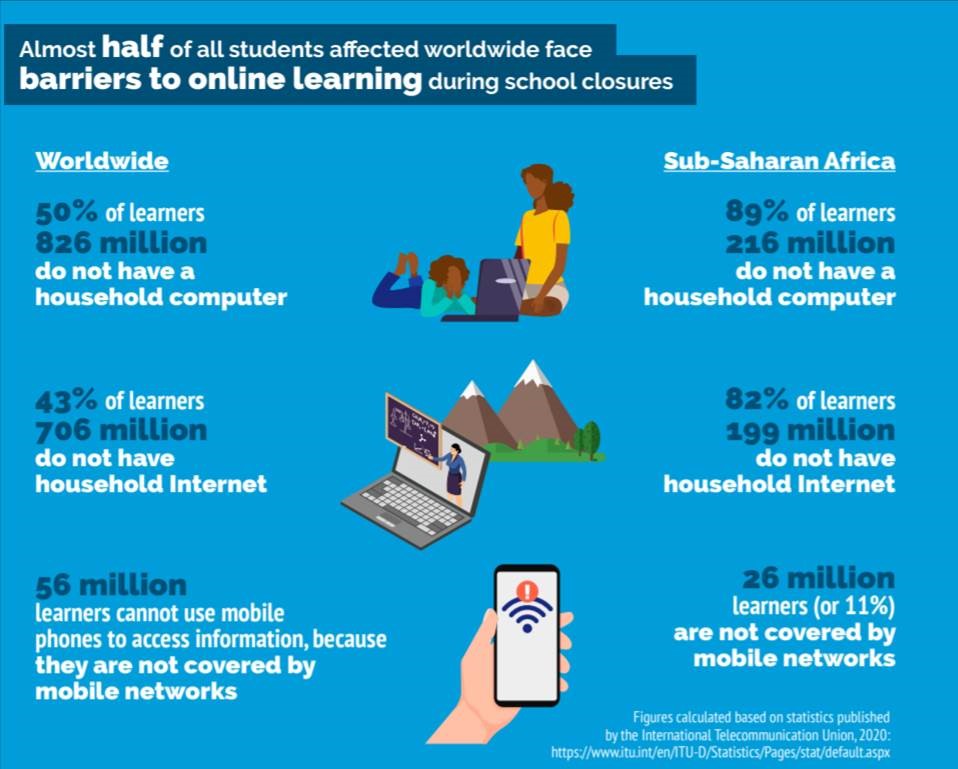How the global school testing culture takes a heavy toll on teachers’ morale
This blog draws substantially from the recent open-access article School Testing Culture and Teacher Satisfaction by William C. Smith & Jessica Holloway, published in Educational Assessment, Evaluation, and Accountability.
In many parts of the world, teachers are held responsible for their students’ test scores. Why does this practice harm teacher morale to such an extent? New research suggests that the answer lies partly in the way test scores are used in teacher appraisals – and points to the dangers of this pervasive practice.
Teachers are subject to increased scrutiny and often the first to be blamed for educational shortcomings. Testing for accountability, where educators are held accountable for student test scores, has spread from the United States and the United Kingdom around the globe. In Portugal and Chile, for example, teachers’ salaries are linked to test scores.
Past research highlights that such practices are harmful to teacher satisfaction. High-stakes, test-based accountability has decreased teacher morale, as well as increased work-related pressure and personal stress. In the United Kingdom, for example, teachers in high-stakes environments have described their disappointment when they realize “the reality of teaching being worse than expected, and the nature (rather than the quantity) of the workload”.
How do such systems lead to teacher dissatisfaction? The way teacher appraisals are used and communicated can help explain the relationship. Teacher appraisals, and the feedback teachers receive from such evaluations, are an important part of that environment and can influence how teachers feel about themselves and their work. Nearly all teachers across 33 countries reported teaching in systems where student tests scores were used in their appraisals as part of a high stakes decision.
The increased use of high-stakes testing to hold teachers accountable reflects what some have called a global testing culture. In a testing culture, student test scores are understood to accurately represent student learning and teachers are expected to do everything in their power to improve test scores for their students and school. Those that fail to fall in line with such a culture can be stigmatized for not being a team player or blamed for not sufficiently preparing students for tests.
Data from 33 countries that participated in the OECD’s 2013 Teaching and Learning International Survey (TALIS) sheds light on the direct and indirect influence of school testing culture on teacher satisfaction.
There is strong evidence that school testing cultures directly damage teacher satisfaction. They can also cause damage indirectly through the appraisals that teachers receive from principals. How test scores are emphasized in appraisals and the perceived utility of appraisal feedback can shape teachers’ responses to such feedback.
Working within a school testing culture appears to be the norm for most teachers: 97% work under a teacher appraisal system that is based, at least in part, on student test scores. The majority work for a principal who reports taking clear action so that teachers know they are responsible for their students’ outcomes.
More intense school testing cultures weaken potential benefits of teacher appraisals by increasing the emphasis on test scores in appraisal feedback. This not only leads teachers to see the feedback as less useful but also causes such feedback to lower teacher satisfaction.
In combination, the direct and indirect influences of the school testing culture considerably reduce teachers’ satisfaction. Statistically, the effect can be seen with teachers who work in a school that uses student test scores as part of teacher appraisals and whose principals very often take action to ensure teachers know they are responsible for student outcomes. These teachers report satisfaction levels 0.35 standard deviations lower than those of teachers where student test scores are not incorporated in appraisals and principals never or rarely take action.
Teacher appraisals do not in themselves harm teacher satisfaction. Instead, it is the “pervasiveness of the testing culture, and the overemphasis on student test scores in teacher appraisals that have a profoundly negative effect on teachers and their practice”. School leaders and policymakers must carefully consider how the use of student test scores as an accountability practice shapes the wellbeing of teachers – the people most essential in delivering education.
*
Author Bio:
William C. Smith is a Senior Lecturer in Education and International Development and Academic Lead for the Data for Children Collaborative with UNICEF at the University of Edinburgh. Prior to his position at the University of Edinburgh, he worked as a Senior Policy Analyst at UNESCO’s Global Education Monitoring Report. William’s research focuses on barriers to education for the most marginalized, including how student test scores have shaped educational policy, perspectives, and practice.
*
Photo credit: Avel Chuklanov/Unsplash
